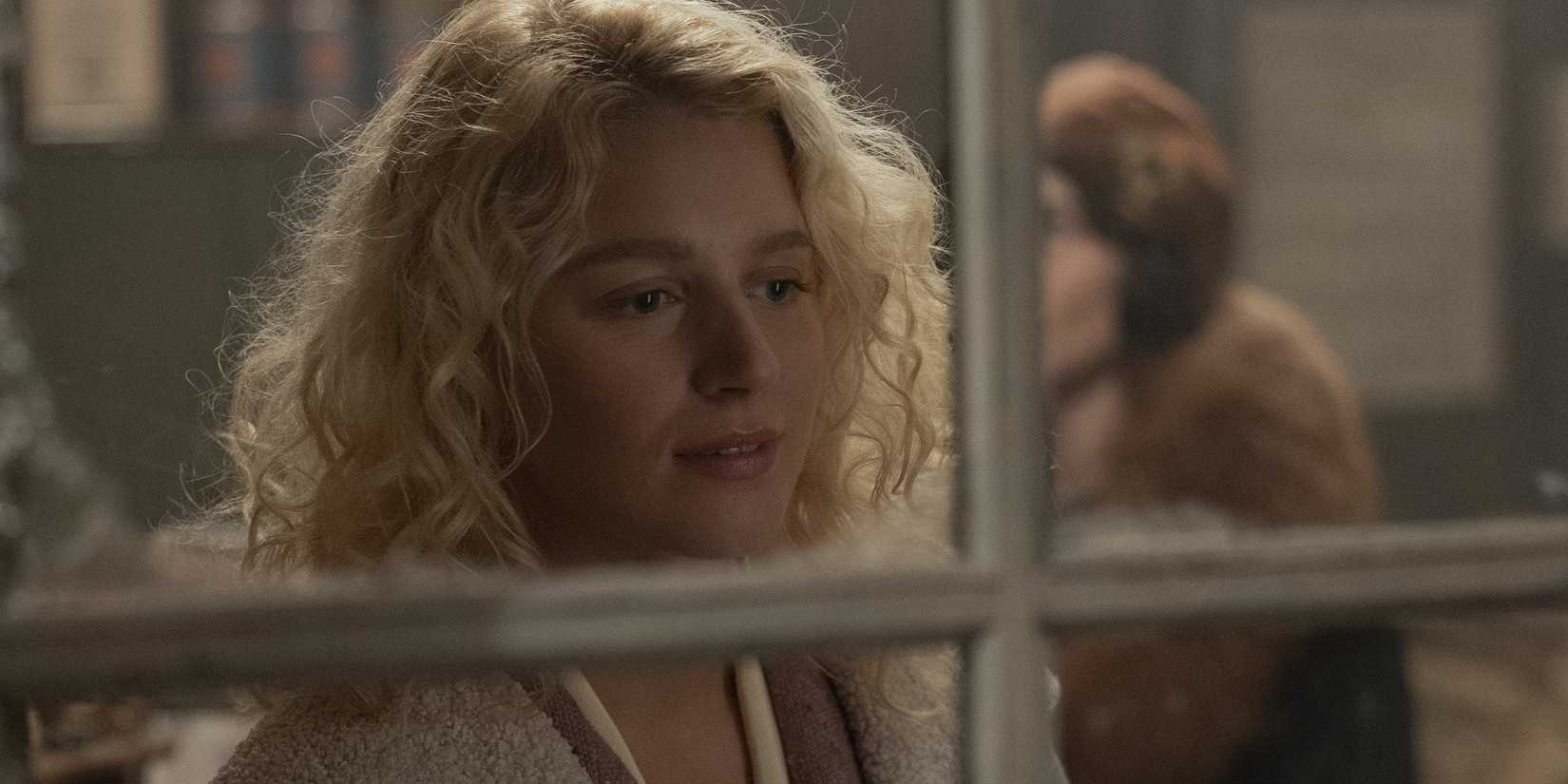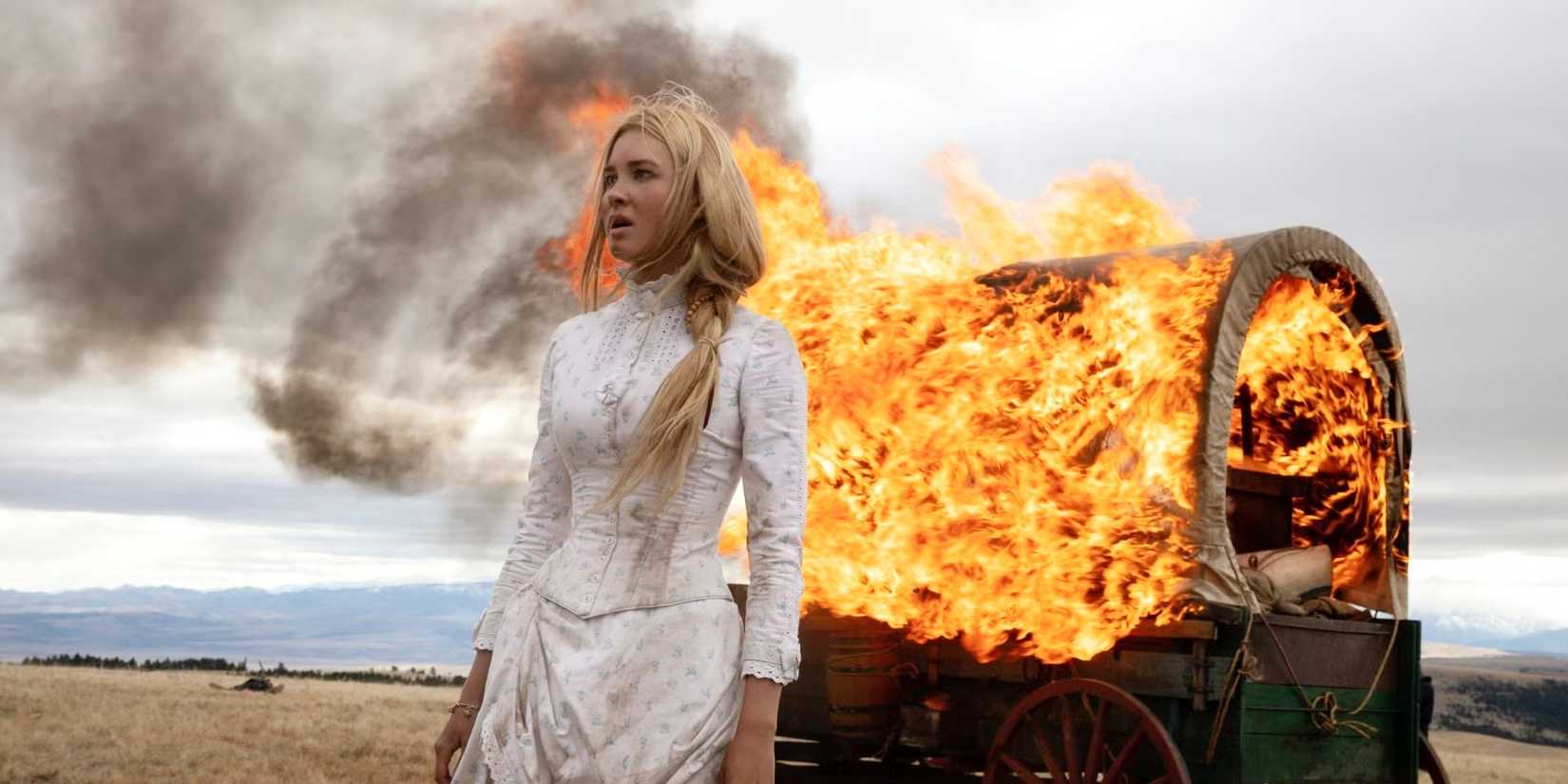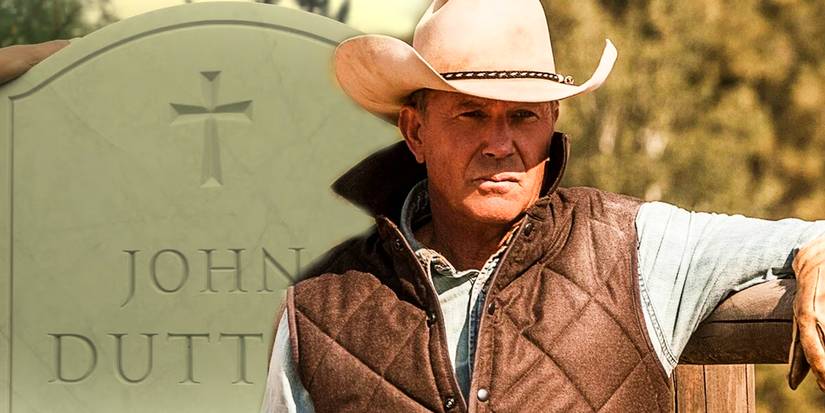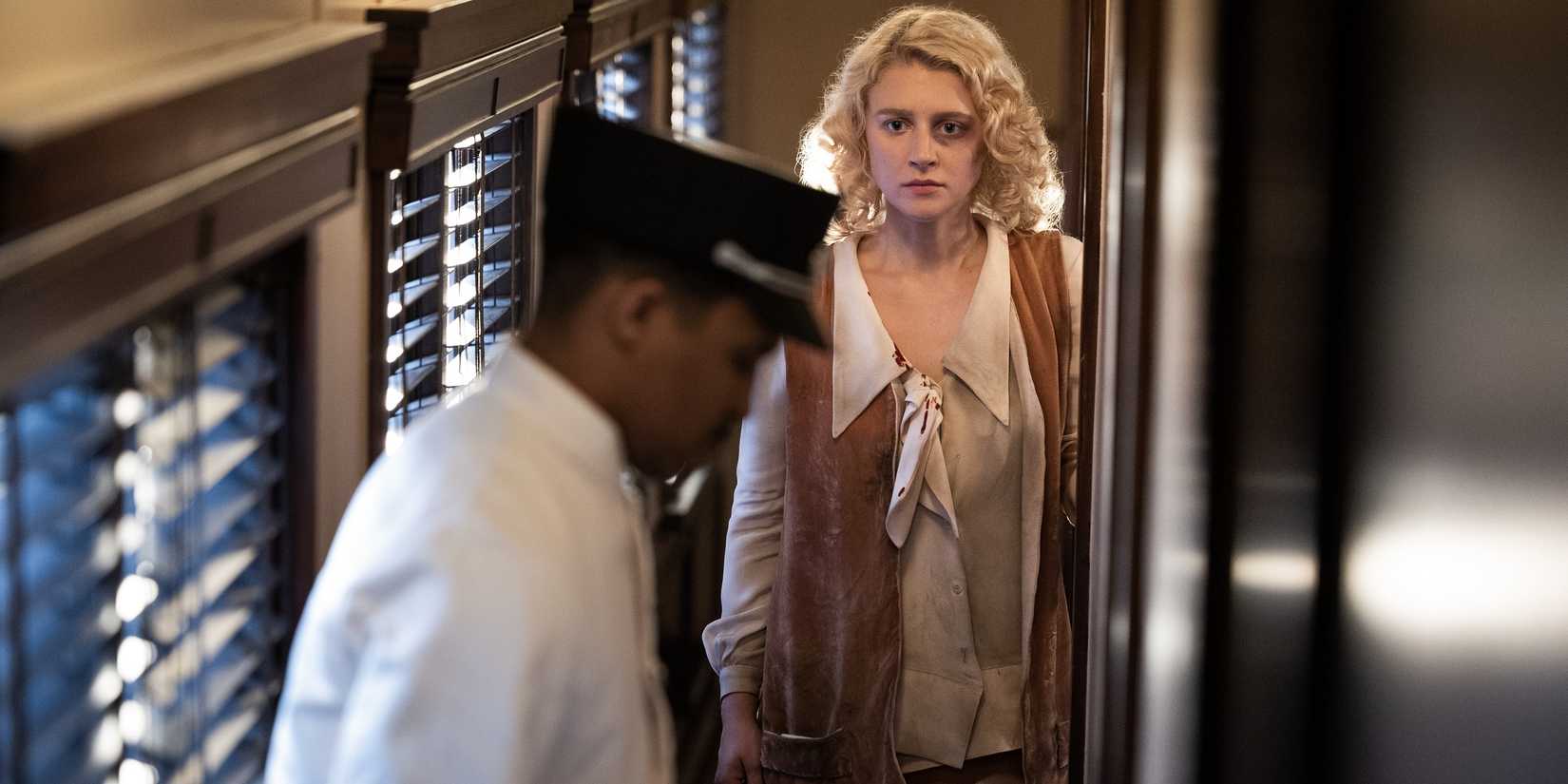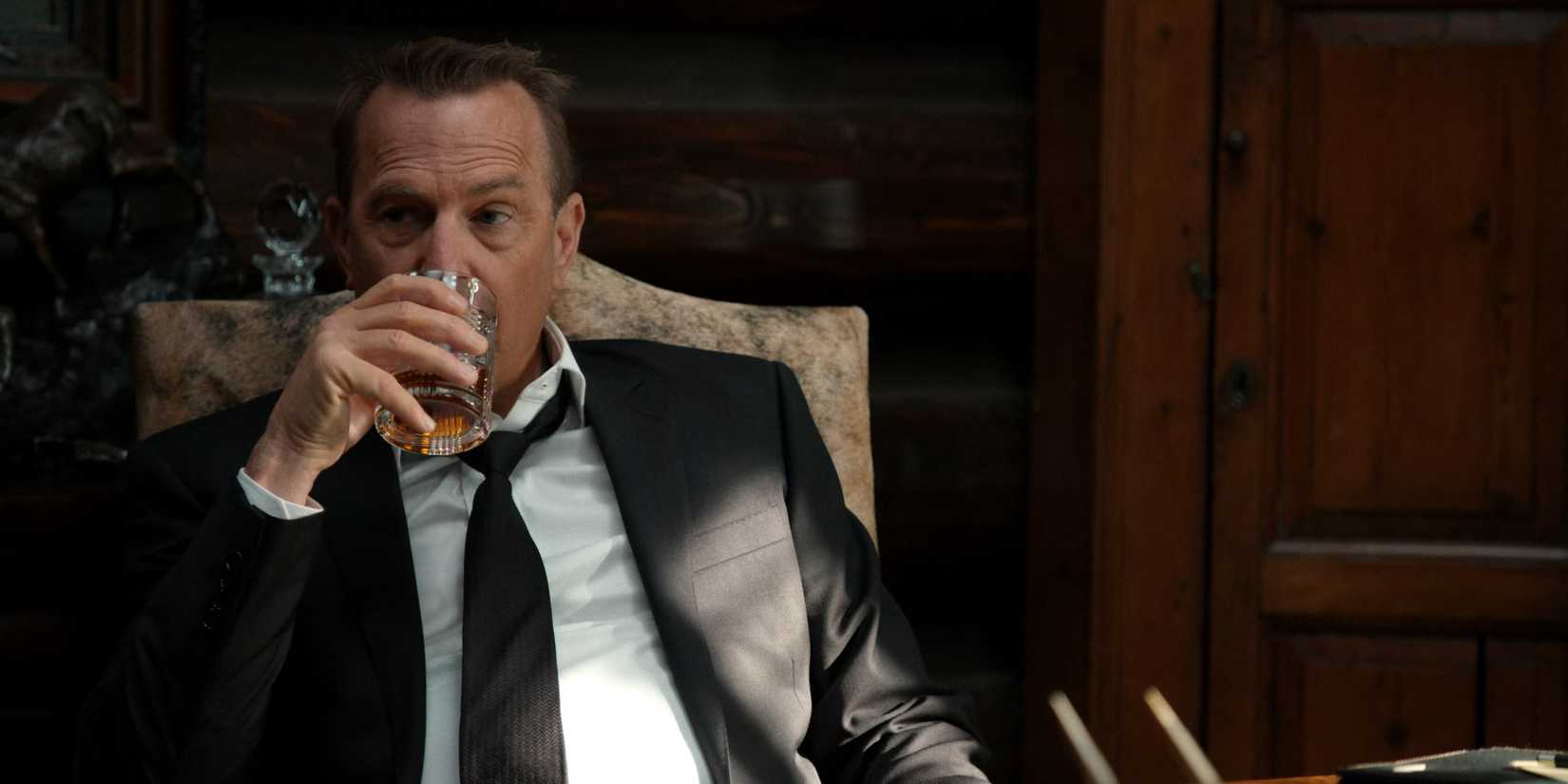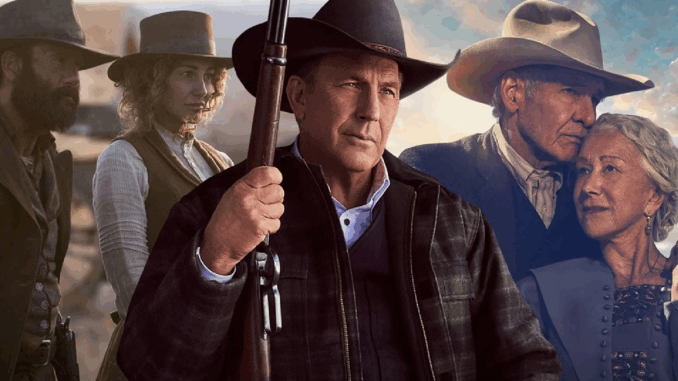
Of course, a lot of sense won’t make sense in a series that includes dramatic monologues, murder, and lots of backstabbing. However, it disappoints fans because Taylor Sheridan often speaks of realism in these series. Perhaps there’s a wealth of detail in the settings, the animals, and the clothing, but with the plotlines, several aspects of the Yellowstone universe make little to no sense.
10. The Train Station Is a Ridiculous Plot Device To Free the Duttons from Consequences
The Dutton family typically disposes of their bodies in a place they call “The Train Station”
Even if a remote, low-population county existed (such as the iconic Zone of Death in Idaho), the crime could be traced to another state. If they found anything connecting the bodies to a crime in Montana, the investigation would happen in Montana. If a county lacks a jury, it would seek jurors from adjacent counties, or the issue could become a matter for the federal courts. There is no loophole like that in this century, and it’s just a cheap trick to make John Dutton this god-like, all-mighty figure.
9. The Tragic Trip That Killed Alex and Her Two Friends in the Cold
1923 Sees Alex Taking a Road Trip with Two Rich Friends in a Snow Storm
8. The Oregon Trail Wasn’t That Desolate by 1883
Even if the Caravan Purposely Avoided the Popular Route, They Were Likely Close
The Yellowstone universe loves to overplay the dangers of cowboy life, and Taylor Sheridan went all in with 1883. In a time when people truly died of many different causes, it was easy to portray the dangers of traveling by foot through the Wild West, but it was deeply exaggerated. The group started with around 22 wagons, indicating that there were approximately 100 people. By the end of the journey, only a handful of survivors remained, and probably only one German, Josef, who also did not arrive in one piece.
7. John’s Murder Makes It Look Like It’s Easy To Kill Just Anyone
Sarah Atwood, Jamie’s Girlfriend, Hires a Professional Hit to Kill Montana’s Governor
They injected him in the toe, and likely left some bruises on his body. A competent police detective (and in this case, likely a federal agent) would have looked for these signs and quickly ruled out suicide. Everyone was happy to assume Montana’s Governor had killed himself, and if it weren’t for Kayce’s exceptional skills, no one would have ever figured it out, apparently. John dying in the last season makes sense, but the writers could have picked a more grounded death (gunshot, perhaps?).
6. Every Show in the Yellowstone Universe Is Excessively Dramatic
Tragedy after Tragedy Meets the Dutton Family and Anyone Who Comes into Contact with Them
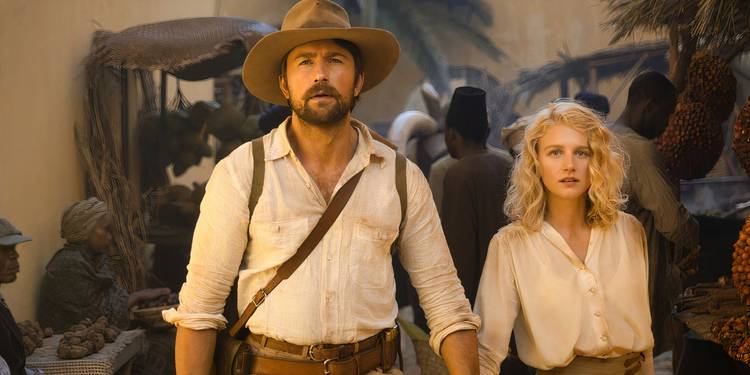
And Yellowstone kills fewer central characters, but still plenty of people (Jamie, John, Lee, Monica’s brother, Monica’s baby, etc). Even in a time like 1883, when people’s life expectancy was around 40 years, it’s hard to believe so many people died. This, without taking into account all the drama: abortions, murders, illnesses, murder attempts, kidnappings, and cowboy accidents. If life were like in the Yellowstone universe, there would be about 100 people alive. Not even The Last of Us kills so many characters.
5. Alex and Spencer Took Too Long To Get to America
Alex and Spencer Are Separated after Alex’s Ex-Fiance’s Family Provoke Him and Remove Him from the Boat
There was only one way to make the 1923 show even more dramatic: Alex and Spencer need to be apart for months and suffer greatly before meeting, so Alex’s death after their reunion feels even more tragic. However, it’s hard to believe the chain of terrible things that happened to these two individuals. It’s not entertaining to watch a whole season of people trying to meet with the worst luck possible.
4. The Characters in 1883 Don’t Take Resources from the People They Kill
They Leave the Death Bandit’s Bodies Untouched as if They Have Infinite Resources
One aspect of 1883 that irritated viewers was the lack of survival skills exhibited by some characters. When they killed bandits or any other enemy, they didn’t search the bodies for money, ammunition, weapons, or anything valuable, nor did they keep their horses. Since they had limited resources, it makes no sense that they did not pillage the bodies or keep the horses to carry the wagons or any of the other people in the caravans.
These honorable cowboys may adhere to some code, but it’s unlikely. They were surviving a dangerous trail, and any help was treasured. 1883 tried to maintain a dramatic tone after these fights, so as not to break the tension with common robbery, but it ultimately proved frustrating for viewers.
3. The Original Show Never Had To Deal With Federal Agents
The High-Profile Crimes in Yellowstone Would Certainly Invite a Federal Agency Eventually
Many crimes occur throughout the Yellowstone series, some committed by the Duttons and some by other compelling characters. The Yellowstone ranch is one of the largest spaces in Montana, and its owner becomes embroiled in deadly conflicts with other large companies, multimillionaires, and the reservation. It’s hard to understand why any federal agency didn’t investigate these issues, especially after figures like Dan Jenkins appear to be dead and multimillion-dollar deals are involved.
2. There Are Never Any Consequences for the Duttons
Every Member of the Dutton Family Should Have Been in Jail
The Duttons can get away with any number of crimes simply because they are smarter and stronger than anyone and also above the law. Jamie murdered a journalist from New York, but got away easily, even though her body showed evidence of murder, especially if she was following the Dutton family. John could hang Dan Jenkins from a tree, and the latter did not even present charges.
1. Nobody Seems to Really Grieve or Miss the Ones Who Die
Big Character Deaths, Like Lee Dutton, Were Practically Ignored in the Rest of the Series
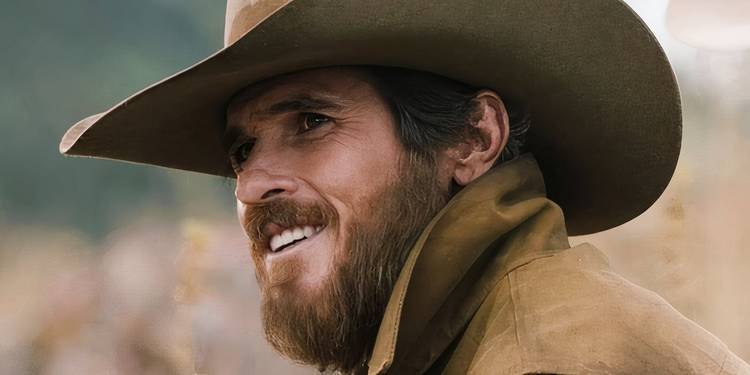
This is not only a problem in the original series, but also in the spin-offs. For example, no one cares when Mary dies and Claire stays behind to commit suicide. They didn’t get along, but Claire was James’ sister, and Mary was her young daughter. In 1923, half the family dies, and no one seems to be slightly affected by it. Perhaps it would be challenging for shows to portray all that grief, given that characters die every other day.

